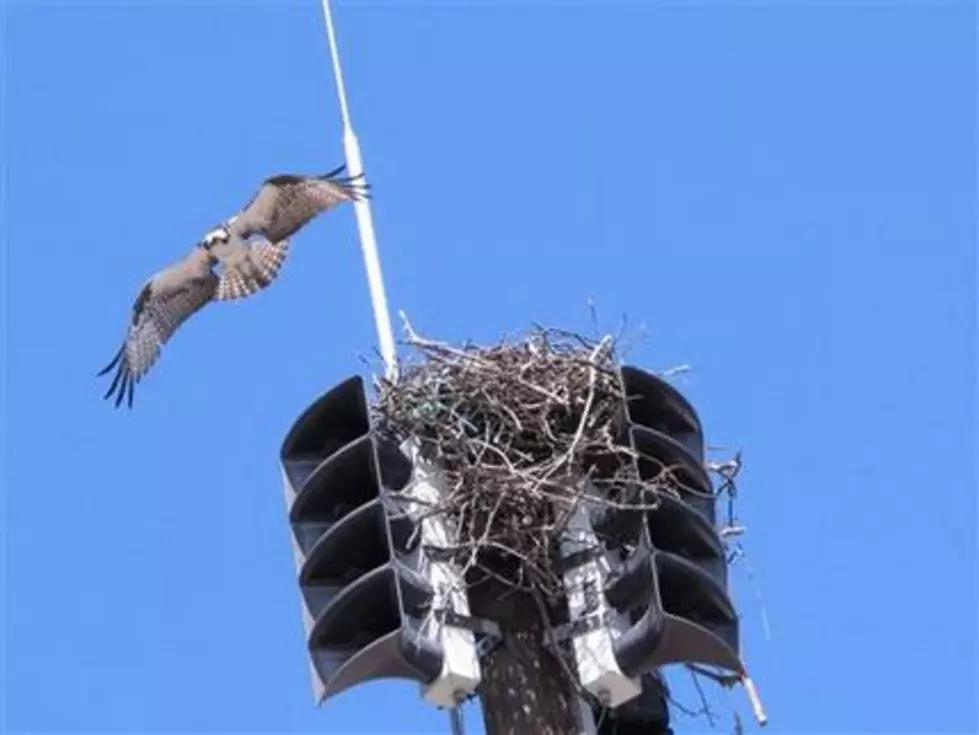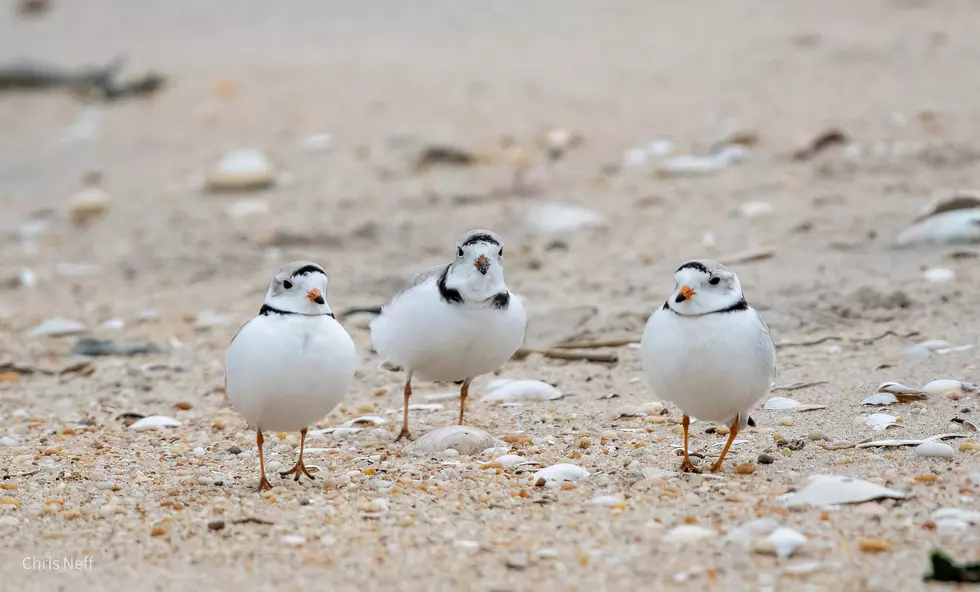
Osprey population near 600 pairs, up 10 percent since 2009
New Jersey's population of ospreys, a species of coastal hawk nearly wiped out in the 1970s, has rebounded to nearly 600 pairs.
A survey released Tuesday by the Conserve Wildlife Foundation and the state's Fish and Wildlife Division says the state's osprey population has grown by about 10 percent since 2009.
The groups say there were only about 50 pairs of the birds in New Jersey in the 1970s, when loss of nesting sites and food contamination by the pesticide DDT caused the birds' decline throughout the eastern U.S.
"The banning of DDT, the passage of the Clean Air and Clean Water Acts, and the totality of the whole environmental movement has helped, and ospreys are one of the species showing that we're taking better care of our environment," said Ben Wurst, project manager for the Conserve Wildlife Foundation. "They are doing very well because of that."
Researchers found 31 new nests last year.
The population estimate of nearly 600 pairs, based on ground observations along the state's entire ocean and Delaware Bay coastline, is up from 567 pairs in 2014 and 542 pairs in 2013.
The 534 nests identified overall last year produced an average of 1.75 chicks per nest, well above the level of about one per nest that is needed to ensure a stable population.
Ospreys are listed as a threatened species in New Jersey during their breeding season.
They live in elevated nests near the shoreline and their primary diet is fish.
The largest concentrations of nests were found between Great Bay and Atlantic City; along the Delaware Bay and Maurice River; along Barnegat Bay; and in bays near Avalon and Stone Harbor. A separate program is underway to identify and band ospreys nesting in Barnegat Bay to better count and track their numbers.
The birds' range also is expanding in the northern New Jersey Meadowlands region.
While the osprey population is rebounding, the birds still face potential threats in the future, including habitat loss, ocean acidification and pollution, Wurst said. An examination of 20 or so unhatched eggs around the state last year found contaminants including heavy metals and PCBs in the egg shells, and many osprey nests include litter that the birds pick up along with twigs and other natural material.
(Copyright 2016 The Associated Press. All rights reserved. This material may not be published, broadcast, rewritten or redistributed.)
More From New Jersey 101.5 FM









